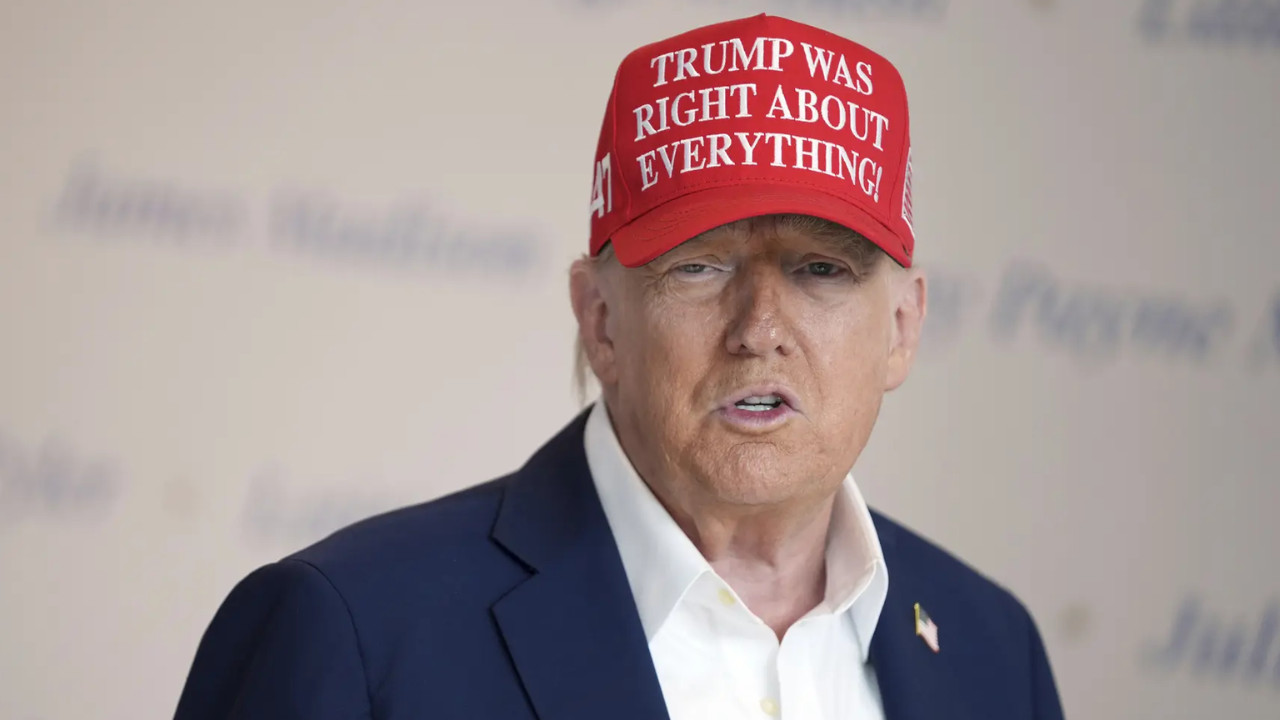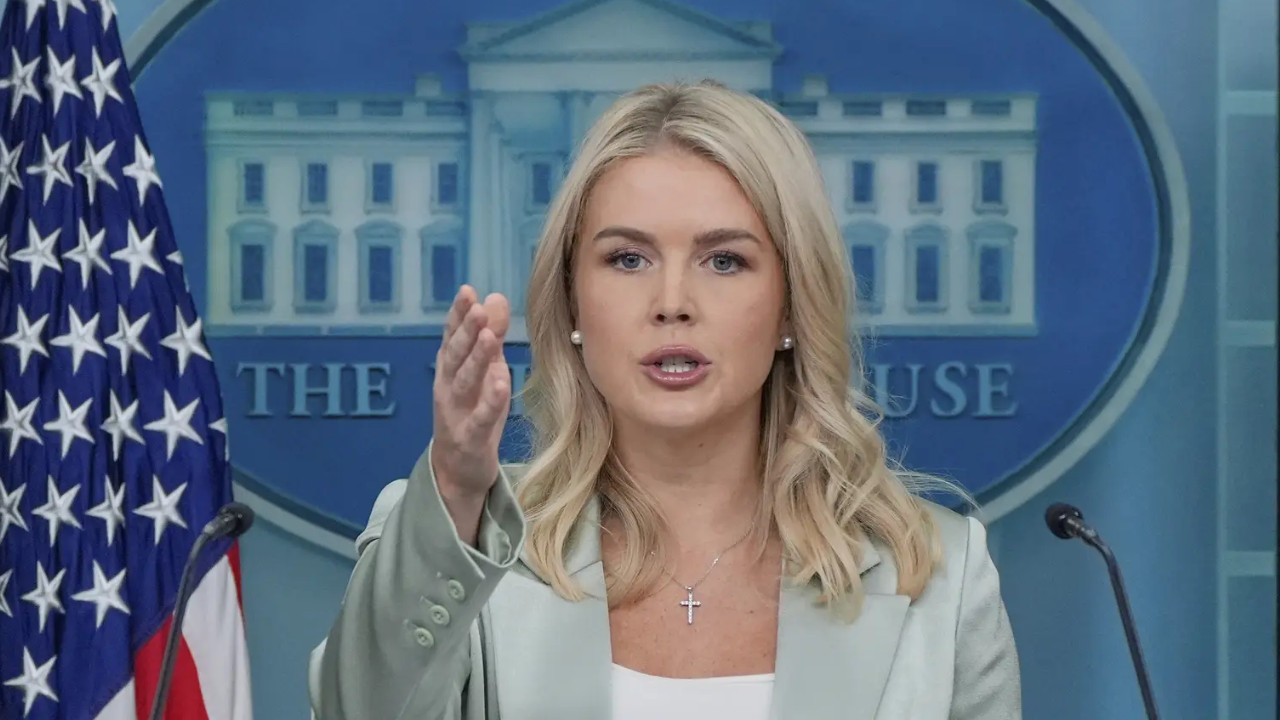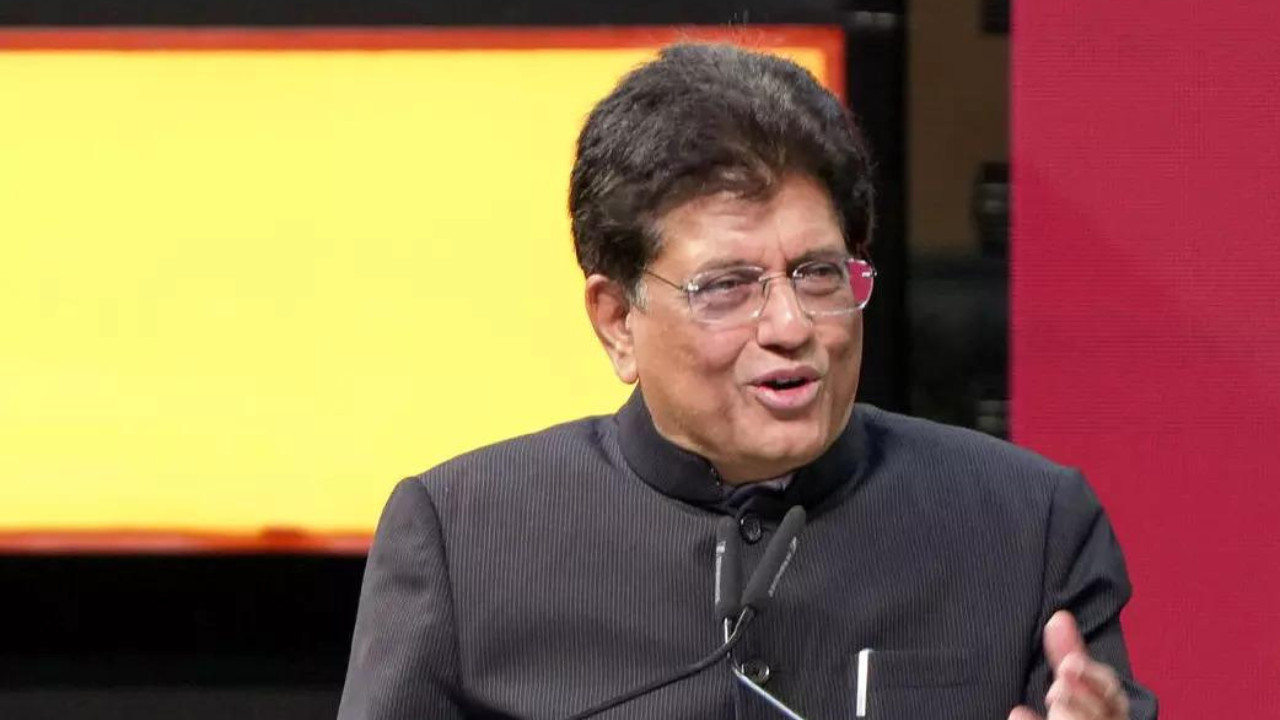A Surprisingly Silver Lining: Could Trump-Era Tariffs Actually Help Ease US Debt?
The economic landscape is rarely straightforward, and sometimes policies produce unexpected results. Remember the tariffs slapped on imported goods during Donald Trump’s presidency? At the time, headlines blared warnings of trade wars and rising consumer prices. While those concerns certainly had merit, a recent report from the Congressional Budget Office (CBO) suggests a potentially significant, and perhaps surprising, side effect: a projected $4 trillion reduction in the US deficit over the next decade thanks to increased tariff revenue.
Think of it like this: tariffs are essentially taxes on imported goods. When these goods enter the country, importers pay a percentage of their value to the government. That money, of course, flows into the federal treasury. The CBO projects that this flow, generated largely by the Trump-era tariffs that remain in place, will be substantial enough to shave a considerable chunk off the nation’s future deficit.
But how does this translate to real-world impact? And should we uncork the champagne just yet?
The $4 trillion figure is undoubtedly eye-catching. It paints a picture of a potentially significant decrease in the pressure on the national debt. The US national debt, a constantly growing concern, has threatened social security programs in the past and continues to be a pain point for many Americans. But it’s vital to place this projection within the broader context of the overall US debt picture. The CBO also forecasts a total budget deficit of $20 trillion over the same period, meaning that while the tariff revenue helps, it only addresses a portion of the problem. Think of it as a significant down payment on a very large mortgage.

Understanding the Nuances of Tariff Revenue
It’s also crucial to acknowledge that the impact of tariffs extends far beyond simply generating revenue. While the CBO focuses on the revenue stream, tariffs can also impact trade relationships, potentially leading to retaliatory measures from other countries. These retaliatory tariffs can, in turn, hurt American exporters, disrupt supply chains, and even contribute to inflation. It’s a complex web of interconnected factors.
Furthermore, the actual revenue generated by tariffs can fluctuate depending on various factors, including changes in trade volumes, currency exchange rates, and even the specific goods being targeted. The CBO’s projection is based on current economic conditions and trade policies, both of which are subject to change. Unexpected events, such as a global recession or shifts in geopolitical relations, could easily alter the projected revenue stream.
Impact on the Economy
So, while the projected $4 trillion in deficit reduction is certainly a positive development, it’s important to keep things in perspective. Tariffs, like any economic policy, have both benefits and drawbacks. In this case, the benefits seem to be a significant contribution to deficit reduction, but the potential drawbacks include strained trade relationships, disruptions to supply chains, and the potential for higher consumer prices.
The long-term implications of these tariffs are still unfolding. Will they continue to generate substantial revenue? Will the potential downsides outweigh the financial gains? These are questions that policymakers will continue to grapple with as they navigate the complex world of international trade and fiscal policy. One thing remains clear, however: the legacy of Trump-era tariffs is far more nuanced than initially perceived.
For another interesting read, consider our piece on potential economic impacts of AI.
Looking Ahead: A Balanced Perspective
Ultimately, the CBO’s projection provides a valuable data point in the ongoing debate about the role of tariffs in the US economy. It suggests that, despite the potential downsides, these policies can also generate significant revenue, contributing to deficit reduction. However, this should not be seen as an endorsement of tariffs as a solution to all our fiscal woes. A comprehensive approach to tackling the national debt will require a combination of strategies, including responsible spending, strategic investments, and a willingness to address the underlying drivers of the deficit. The projected $4 trillion from tariffs is a welcome boost, but it’s just one piece of a very large and complex puzzle.







